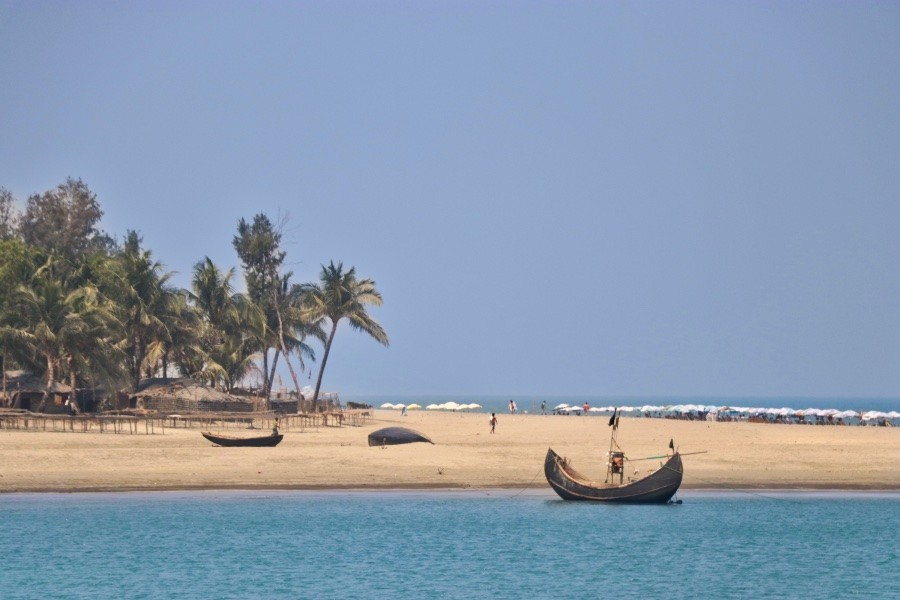
Published :
Updated :

The tiny coral-rich island, the St. Martin's, located close to the southernmost tip of Bangladesh, Teknaf, is facing an existential crisis. As with climate change, it is again human action, greed, to be specific, that is playing its part. This beautiful piece of land in the sea with its abundant flora and fauna, its unique biodiversity and ecosystem that has evolved over the millennia may one day disappear. For people have bought or grabbed the island's land and built hotels, resorts and cottages where tourists can stay. And tourists, as usual, pollute the island's environment by dumping used plastic water bottles, food packets, polythene bags, cigarette butts, you name it, on the island. Government buildings, too, have sprung up on the island for official as well as business purposes. None of those buildings, whether private or government-owned, were erected after getting clearance from the Department of Environment (DoE). In any case, the DoE could not have issued any clearance certificate for erecting those structures on the island simply because the government declared the island an ecologically critical area (ECA) in 1999.
Saint Martin's has been getting smaller since long. And that may be due to natural causes such as cyclones or erosion of corals. Of some 176 diverse species of flora and fauna the island is home to, many have already become extinct. Sea turtles are vanishing, for light and sound pollution from the seaside resorts is driving away the mother turtles from the sandy nests on the island close to the sea beach where they lay their eggs. Snails, oysters, seaweeds, the green top cover of the island are also vanishing in a similar fashion.
If humans are allowed to indulge in whatever way they want, then the process of the island's sinking below the sea will only be accelerated.
St. Martin's Island is one of the 13 ecologically critical areas of the country. It must be protected. Otherwise, the intricate ecosystem of the entire deltaic plain, that is Bangladesh, might be irreversibly damaged. The DoE, without any power to implement its directives, can only declare that certain places are ecologically vulnerable and should be protected. In that case, the district and upazila administrations under whose jurisdiction the St. Martin's Island lies need to act to stop illegal building activities on the island. Also, they should control the number of tourists visiting the island. The number of ferries or ships shuttling between the mainland and the island carrying visitors and the frequency of the trips, too, have to be limited. Immediate steps need to be taken to implement the measures. The government, or the tourism authority, for that matter, should not treat the island purely as a cash cow. According to reports, hotels, resorts, restaurants, etc (some 230 of them) have been operating on the island and their numbers are increasing fast. It is time the government put its foot down and stopped further growth of such illegal structures on the island. Most importantly, the government itself should set example by not erecting any structure or engaging in any business activities on the island. Otherwise, private entrepreneurs won't listen to any government advice on the matter. Political and social elites including retired government officials have been buying lands on the island. And as reports go, everything is going on with the connivance of the district administration and the DoE. If true, that is scandalous! To all appearances, St. Martin's Island is beyond the reach of the law.
sfalim.ds@gmail.com


 For all latest news, follow The Financial Express Google News channel.
For all latest news, follow The Financial Express Google News channel.